Plough Pose vs. Shoulder Stand
halasana
PLOUGH POSE VS. SHOULDER STAND
After we have engaged in postures that strengthen the posterior chain, Plough and Shoulder Stand offer a good stretch for these areas of the body. Plough in particular provides a more extensive stretch than Shoulder Stand due to the amount of flexion in the back chain.
These 2 postures are interesting because they are both variations of inversions that involve deep neck flexion. For this reason, it’s vital we proceed with some understanding of the neck before we explore further. If we are experiencing disc issues, or if we are aware that we have a tendency to be overly flexed in particular regions, we should take caution to be discerning about whether to explore these postures at all. If it is safe, we have the opportunity to emphasize specific articulations that may assist in the transformation of our tendencies.
CHROMATIC GLOBAL TRAINING
REGISTRATION NOW OPEN
- Solve the "Yoga Teacher's Daily Grind"
- Become the BEST teacher you can be
- Get personalized feedback and support
- Learn anatomical sequencing and verbal cues
- Clear and impactful visual demonstration
- Strategic workshop design and sell out your events
- Become a Certified Chromatic Teacher
- Room for future growth: lead Chromatic Yoga Immersions and Trainings
SET UP YOUR PLOUGH
First we need to know that Plough also requires a generous amount of hip flexion and hamstring flexibility. During setup, Matt comes into Bridge Pose and then places his hands underneath his hips to support the eventual height required for the posture. To take some pressure off the neck, he has also folded a blanket and his yoga mat to support his shoulders and upper back. The next step is to flex more at the hips in order to take the feet over the head. This can be done by coming into more of a stag position before taking both legs all the way over; this action can be assisted through the use of blocks or a chair.
Here, we can opt for Ear Pressure Pose if the hamstrings are tight, remaining mindful that there will be more flexion in the neck and upper back.
WATCH THE VIDEO
PLOUGH POSE VS. SHOULDER STAND : ARTICULATIONS & VARIATIONS FOR ACCESSIBILITY
MAKE IT FIT
Forcing ourselves into a posture is not the best approach. Best is to make the posture fit our individual bodies. The actions and articulations we apply during the exploration are meant to help us to learn how to align our joints, which lays a path towards the shape and does an excellent job of revealing our current state, highlighting the actions we need to move forward.
For example, moving forward might mean introducing props. In Plough, we might place a chair behind the head to reduce the amount of hip flexion and hamstring flexibility required. Further, the actions of pressing the feet into the chair while creating an anterior tilt in the pelvis will work to strengthen the hip flexors and quadriceps, eventually creating the potential for the feet to move closer to the floor in Plough.
200 HOUR ONLINE TEACHER TRAINING
GET CERTIFIED & DEEPEN YOUR YOGA PRACTICE
- Deepen your yoga practice
- Build confidence speaking in front of groups in person and online
- Learn foundational class structures and templates
- Learn techniques for a wide range of yoga postures
- Get certified and highly qualified to teach yoga
- Yoga Alliance Globally Recognized Certification Program
SHOULDER STAND VIA PLOUGH POSE
Once we’ve worked through Plough, we see how it becomes a great entry point for Shoulder Stand. If we move the legs back up, we can situate the hands under the pelvis. We can adjust the placement of the hands based on how much flexion we create. This will directly affect how we align in Shoulder Stand.
There’s an option to stack the pelvis above the elbows, which transfers more weight into the hands and takes some compression off the neck. This may be a more accessible option.
If we want to go deeper into Shoulder Stand, we again return to Plough to place the hands closer to the low back, towards the shoulders. This option may put more pressure on the neck. When we lift the feet into Shoulder Stand, there is now more weight in the shoulders. Instead of aligning the feet over the pelvis, we align them more over the shoulders.
300 HOUR ONLINE TEACHER TRAINING
GET 500 HOUR CERTIFIED AS A MASTER TEACHER
Master your skill set as a teacher through refined techniques, anatomy, biomechanics, sequencing, philosophy, meditation techniques, theming, yoga business, and much more!
- Get 500 hour certified
- Learn anatomy, biomechanics, asana techniques
- Expand your teaching skills
- Masterful sequencing and verbal delivery
- Learn meditation and breathwork techniques
- Transformative tools: theming, dharma talks, satsang
NAVIGATE THE NUANCES
Paying attention to the finer details makes the difference in our experience with potential muscle activation, alignment, and overall safety. For example, when we set up Shoulder Stand, we must pay attention to the articulation of the pelvis, but it’s also important to lengthen the back of the skull, which can create a nice stretch in the occiput. In addition, we press the back of the head into the ground, enough for some activation of the muscles in the neck. We are taking our time to maneuver through the actions and articulations that support development and transformation in our bodies.
The more we educate ourselves, the more confidence we develop in exploring different variations. This October, Matt’s Chromatic Global Training will do just that. Not only will you elevate your own practice, but as a teacher, you’ll extend this knowledge and confidence to your students.
The 200 Hr. Teacher Training: Click Here to See the Next Start Date
The 300 Hr. Advanced Teacher Training: Click Here to See the Next Start Date
Article by Trish Curling
Videos Extracted From: Alignment Immersion and 300 Hour Teacher Training
ONLINE ANATOMY COURSE
- Accessible, exciting, and easy to learn
- Anatomy and biomechanics for yoga
- Appropriate for both teachers and students
- Learn joint alignment vs pose alignment
- Demystify yoga poses and transitions
- Release aches and pains
- Learn how to avoid common injuries
- Caters to all levels with modifications and props
- 20 hours Continued Education Credits with Yoga Alliance
- 20 hours toward Chromatic Yoga Certification and 300 Hour
- Lifetime access
Continue Learning
Redefine Chaturanga
Redefine ChaturangaALIGNMENTREDEFINE CHATURANGA To redefine Chaturanga, we first have to be willing to challenge what we think we already know. Many of us were taught a narrow-hand, elbows-tight variation of the pose—elbows hugging the ribs, hands close beneath the...
Tight Hips
Tight HipsHIP MOBILITYTIGHT HIPS When working to release tight hips, most people instinctively go straight for deep stretches. But one often overlooked area that holds a surprising amount of tension is the adductorS (the inner thigh muscles) that connect to the...
Retraction Of The Scapula
Retraction Of The ScapulaSHOULDER ACTIONSRETRACTION OF THE SCAPULA It may appear that scapular retraction holds less weight in finding deeper backbends, but this action can be quite significant in what we experience when it comes to strength, stability, and...
Conquering Compass Pose
Conquering Compass PoseSURYA YANTRASANACONQUERING COMPASS POSE Conquering Compass Pose isn’t about forcing your leg behind your shoulder—it’s about understanding and participating in the muscular coordination that makes the posture possible. The real power comes from...
Leg Over Head Pose
Leg Over Head PoseEKA PADA SIRSASANALEG OVER HEAD POSE Leg Over Head Pose is one of those postures that challenges not only our bodies but also our mindset. When faced with a seemingly impossible pose, we tend to respond in one of three ways: dismissing it as...
Spanda In Backbends
Spanda In BackbendsSIDE PLANKSPANDA IN BACKBENDS Spanda in backbends is the key to creating both stability and freedom in spinal extension. Backbends are not just about bending; they require a balance between expansion and controlled engagement to prevent excessive...
THE FREE TECHNIQUE PACK
When You Subscribe, You Will Get Instant Access to
- the Technique Pack: 15 yoga pose breakdowns
- exclusive online course discounts
- exclusive blogs and videos

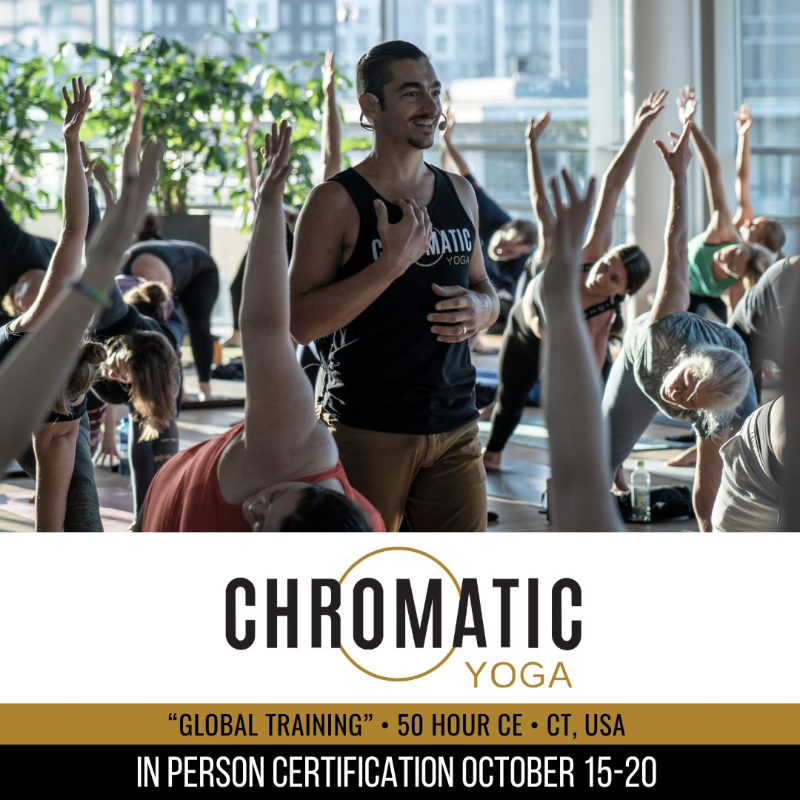



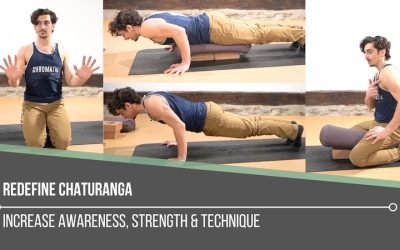
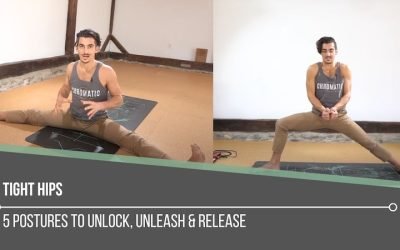
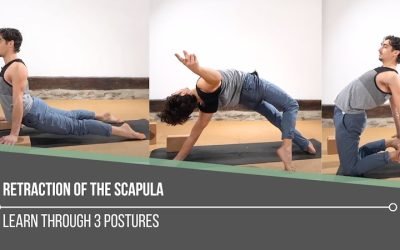
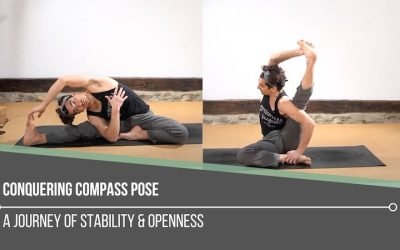
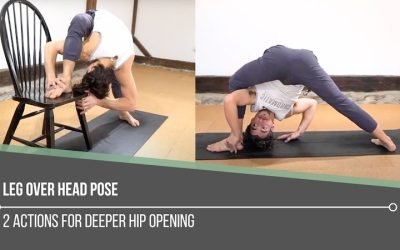
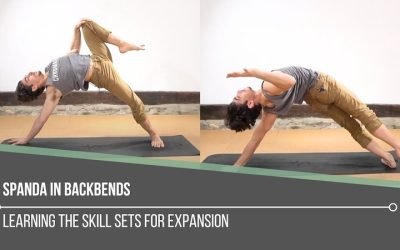


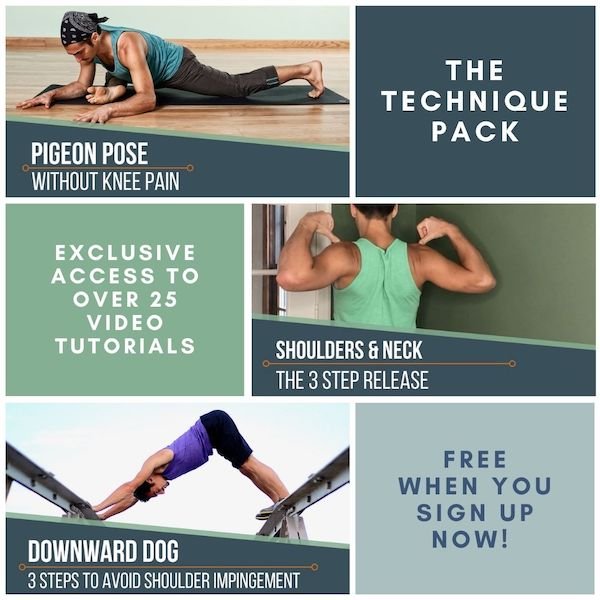
0 Comments